Installing a solar roof system involves several steps. Here is an overview of the process:
1.Assessment and Planning:
Determine if your roof is suitable for solar installation. Factors to consider include the roof's condition, orientation, tilt, and shading.
Calculate your energy needs and determine the system size required to meet those needs.
Assess local regulations, permits, and any restrictions on solar panel installation.
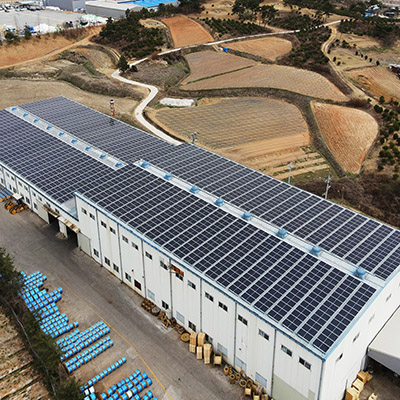
2.Design:
Work with a solar installer or engineer to create a detailed design for your solar system. This includes the number of panels, placement, wiring, and other components.
3.Obtain Permits and Approvals:
Obtain the necessary permits and approvals from local authorities or homeowner associations. This process may involve submitting the design plans, specifications, and other required documentation.
4.Procurement:
Purchase or lease the solar panels, inverters, mounting hardware, and other necessary equipment. This can be done through a solar installer or directly from a supplier.
5.Preparing the Roof:
Clean the roof surface and repair any damage.
Install flashings, which are waterproof barriers that prevent water penetration around the panel mounts and other roof penetrations.
6.Mounting the Solar Panels:
Install the mounting system on the roof. The mounting system provides support and securely attaches the panels to the roof.
Mount the solar panels onto the solar racks or rails of the mounting system, following the manufacturer's instructions. This typically involves attaching the panels with solar mounting clamps or solar mounting brackets.
7.Electrical Wiring:
Connect the solar panels with wiring to form an array.
Route the wiring from the panels to the inverter, which converts the DC electricity produced by the panels into AC electricity used in your home.
8.Connection to the Electrical System:
Connect the inverter to your home's electrical system. This may involve working with a licensed electrician to ensure the proper wiring and connection.
9.Inspections and Interconnection:
Schedule inspections by the local authorities or utility company to ensure the system meets safety and code requirements.
Once approved, arrange for the interconnection of your solar system to the grid, allowing you to sell excess electricity back to the utility if applicable.
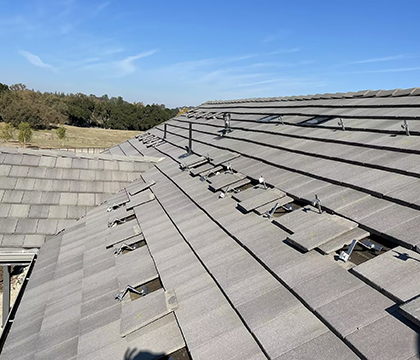
10.Monitoring and Maintenance:
Set up a monitoring system to track the performance of your solar panels and energy production.
Regularly inspect and maintain the system to ensure optimal efficiency, including cleaning the panels and checking for any issues with the equipment.
It's important to note that solar installation can be a complex process, and it's recommended to consult with professionals or experienced solar installers to ensure a safe and efficient installation.





 en
en es
es pt
pt ar
ar hr
hr ro
ro
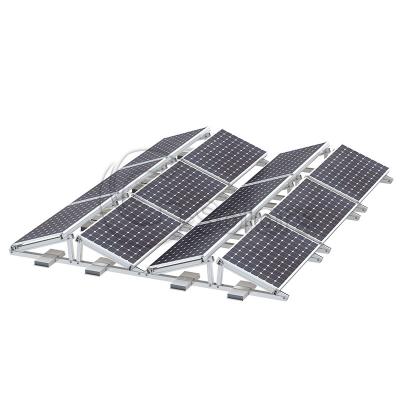
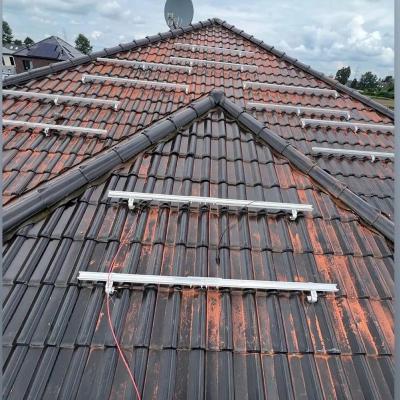
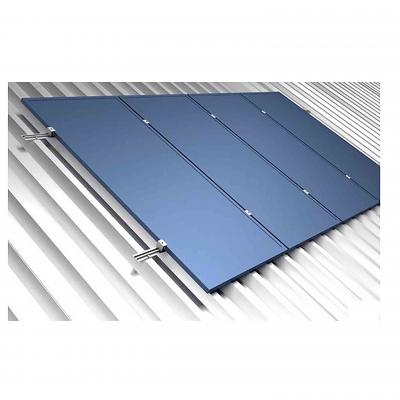








 IPv6 network supported
IPv6 network supported